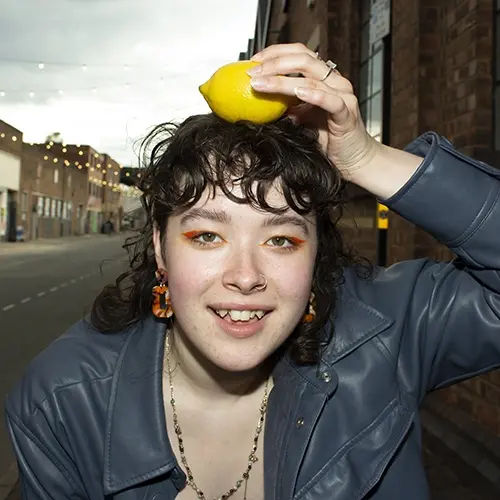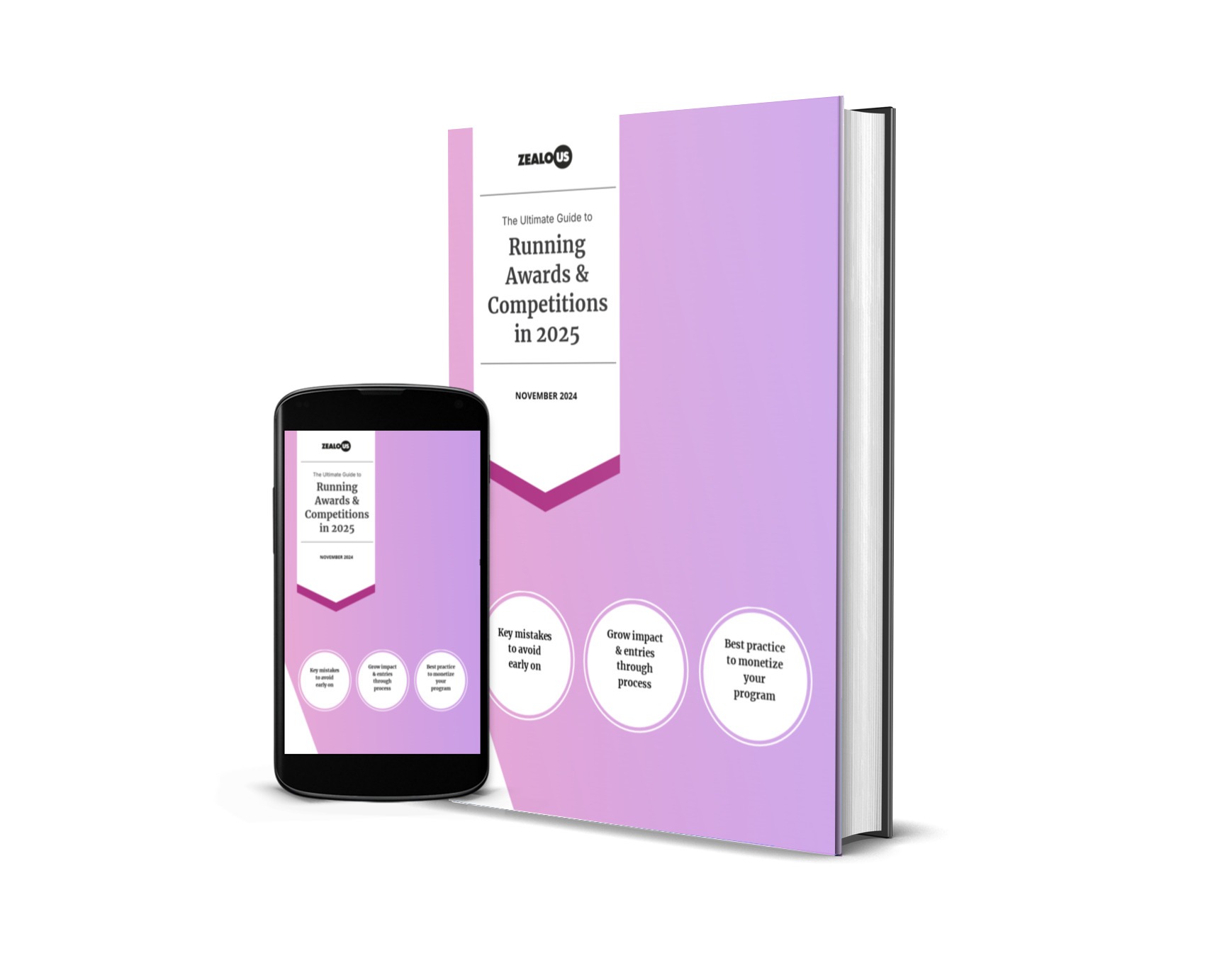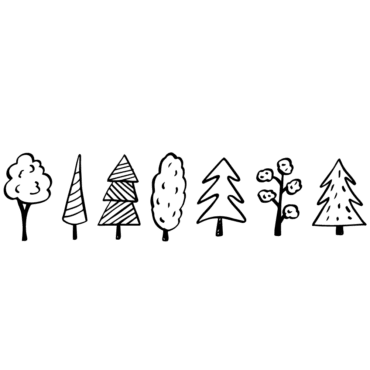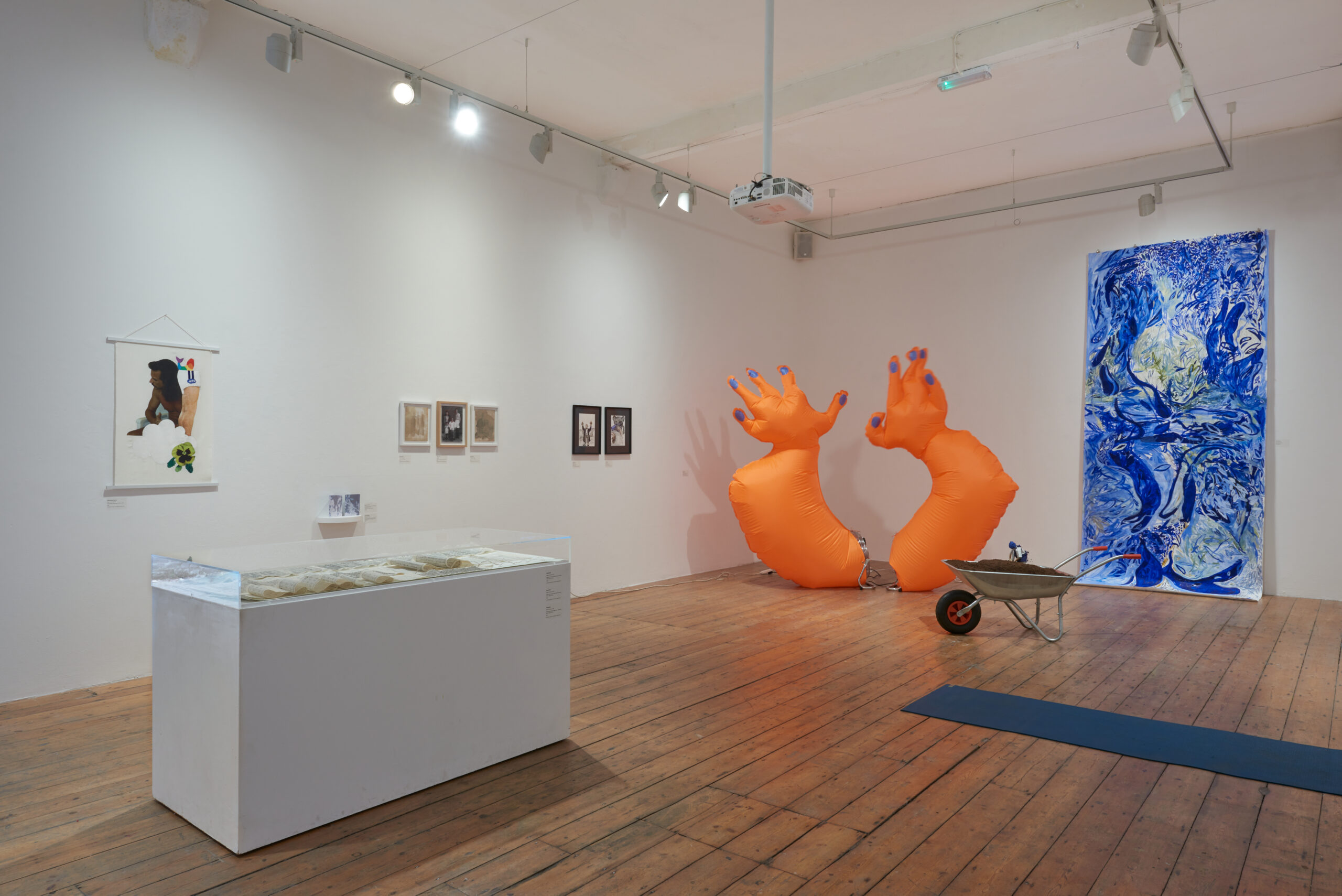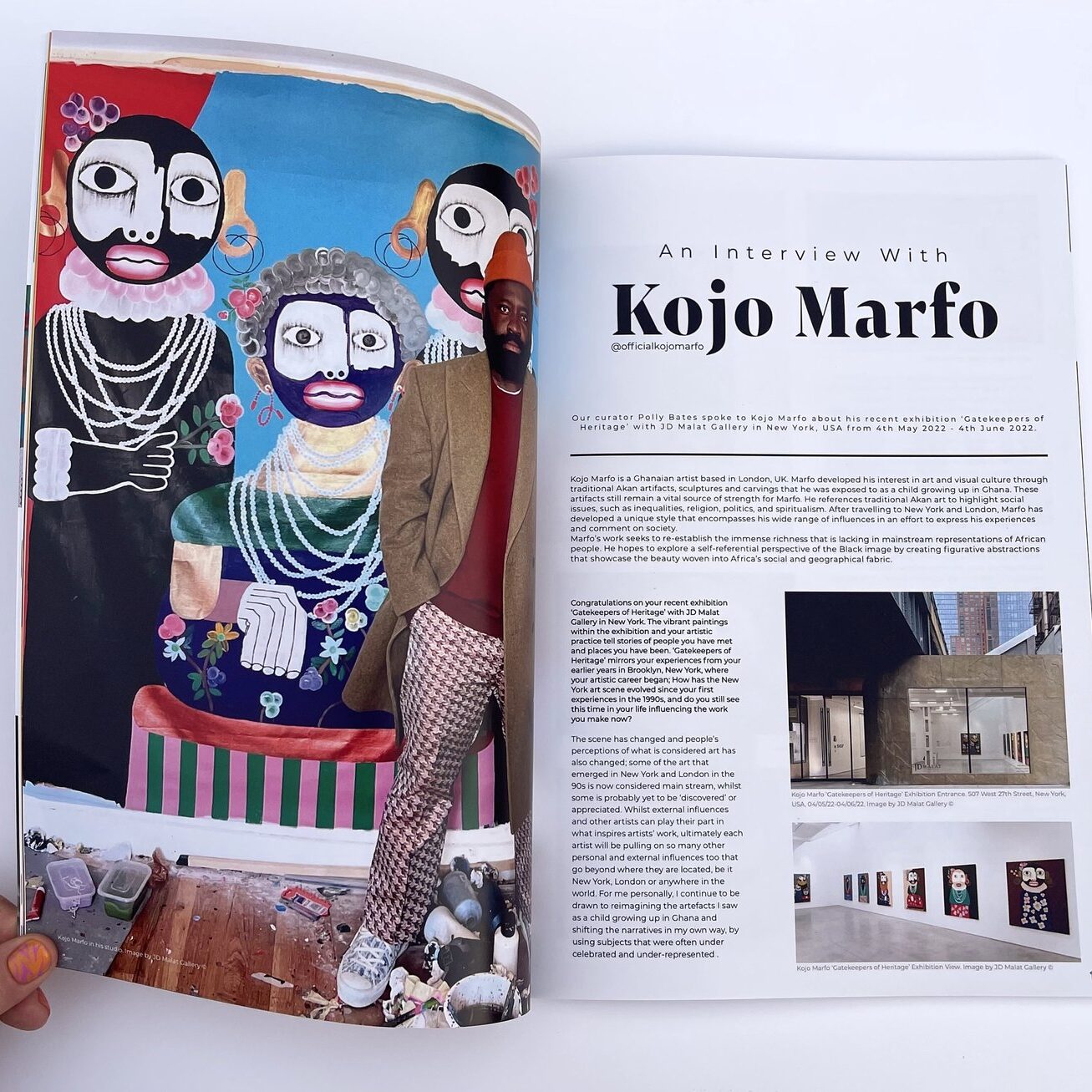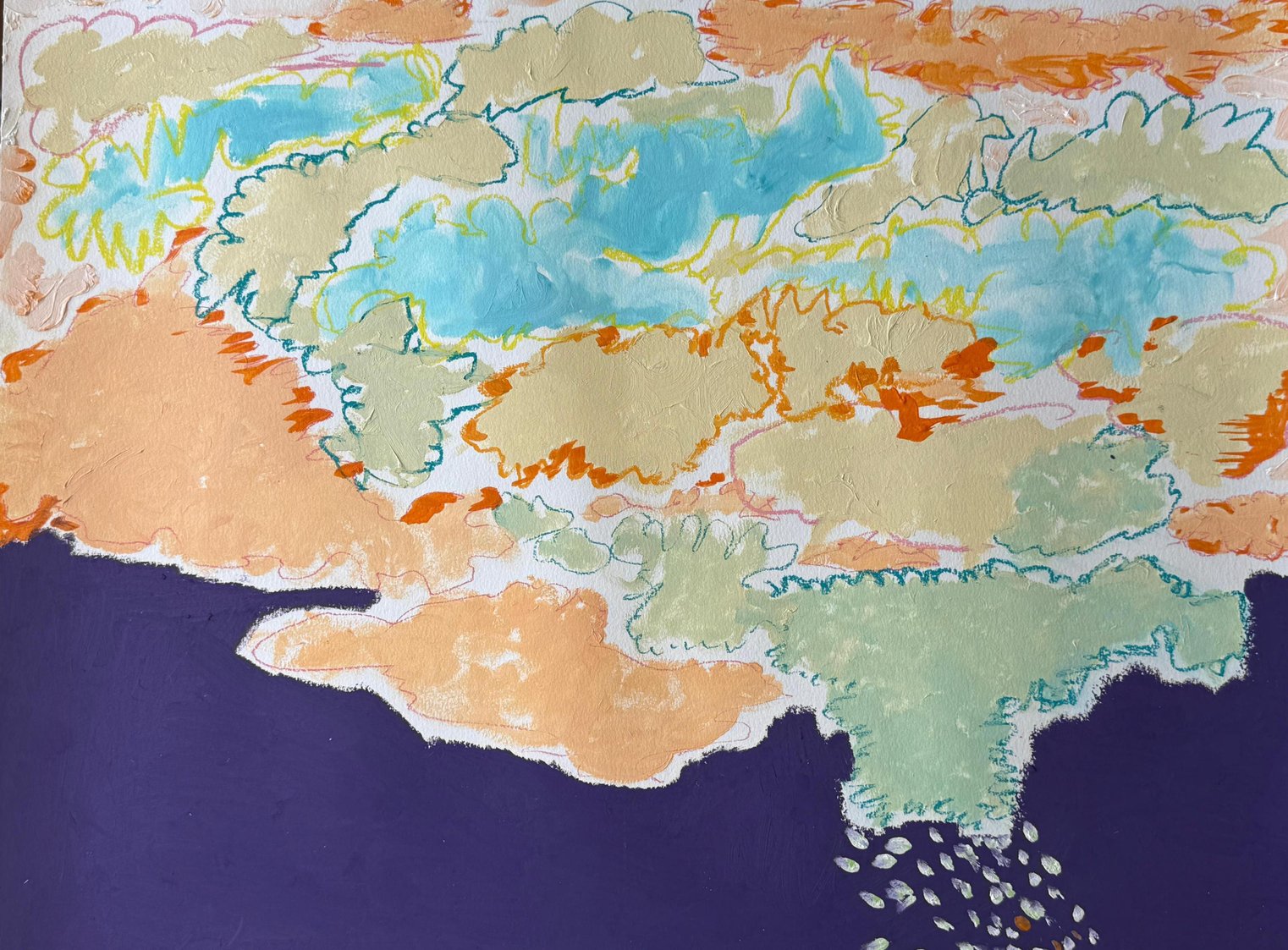His powerful images depict the horrors of the destruction throughout the regions of Syria.
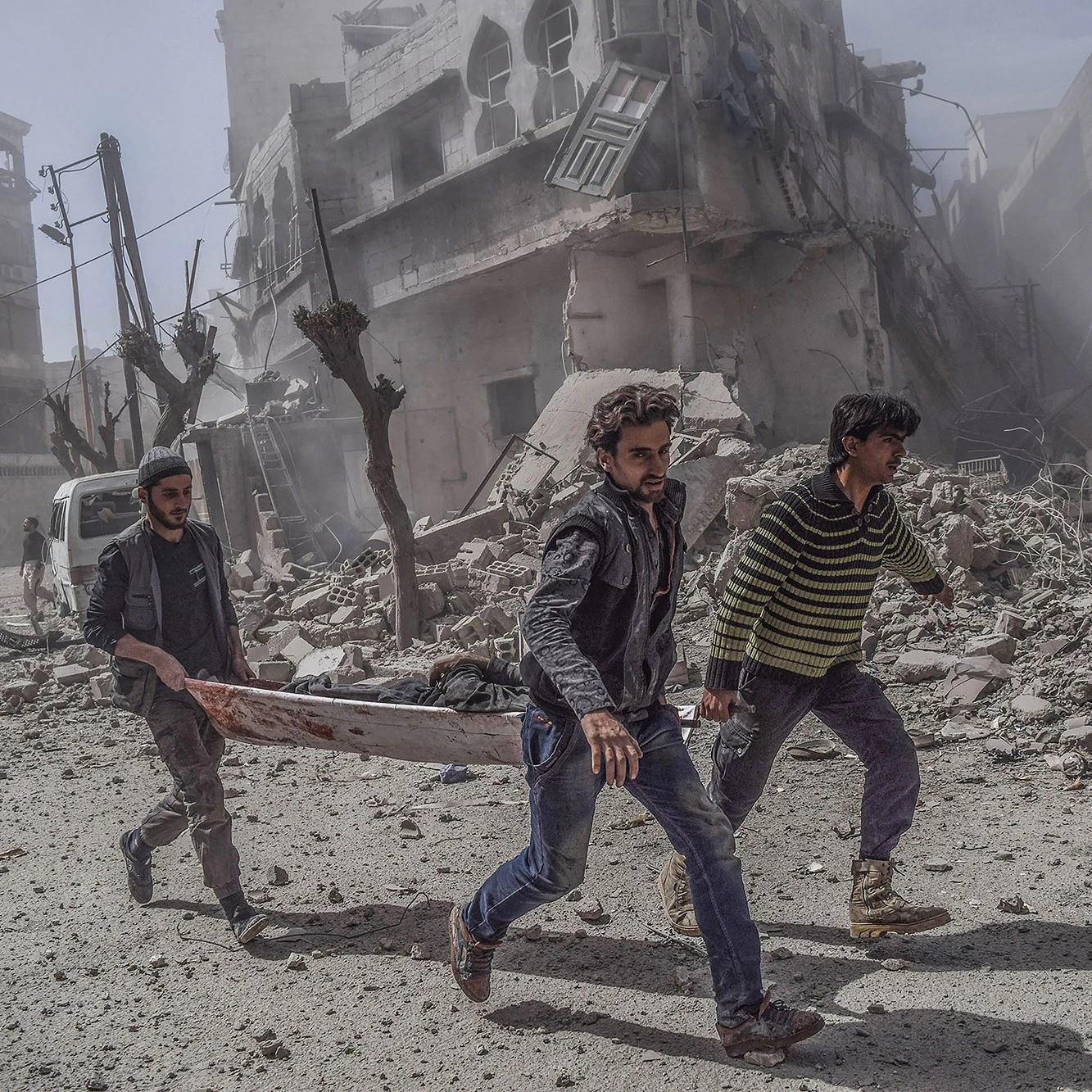
Congratulations on winning Zealous Stories: Photography! Your winning images depict the reality of war in Syria. Do you think that you capturing it has helped others who are not from your country to see the realities of war?
After spending many years in the war, especially since I was in an area besieged from all sides, getting out of it was a dream! I found it difficult to show what was happening. I was running after death trying to catch the shots of people and children under the rubble hoping to hear their voice but maybe at first, I felt weak in showing it.
But with the years of war, through my photos, I communicate what is happening to hundreds of thousands of people. My photos are shown in major international newspapers, and here I have the feeling that I can communicate what is happening today, and after a decade, and after my photos that I took in large exhibitions, as well as documents in the World Security Council. To show the facts, I feel that it is different for me personally, perhaps because I was surrounded. The feeling of despair surrounded me, but today it is different.
You previously have said that you were going to train to become a dentist, but instead moved into the field of photojournalism. What prompted this change?
The truth is when I was young, people and my family used to ask me what do you want to become when you grow up and I’d tell them a dentist. I used to love to have my own clinic in order to fix people’s teeth. I love the details at the dentist, especially the smell of sterilizer. Maybe it’s exciting, to me it is. But after I entered into my struggle with the Syrian war, everything changed today. I don’t remember that dream but when I remember, I smile.
I left education two years after entering the war in Syria, because I was living in an area controlled by the rebel forces and the Syrian government forces were trying to take it back, but there was daily shelling going on. A short time later, my school in which I was studying was destroyed when I was only in the sixth grade.
My friend Muhammad, with whom I was quarrelling over biscuits and who would be the best during exams, was killed by a sniper’s bullet with his family. He was out to escape from this area called Douma in the countryside of the Syrian capital, Damascus. He was fleeing towards the capital to get out of Syria, but a sniper’s bullet killed his dreams when he was twelve years old.
After these events and my interest in photography, which turned into a journalism, and today I am considered an experienced journalist. Since I spent 10 years in war without entering the study seats, it became difficult to return to the past dream and I became completely far from studying. When my friend Muhammad was killed, he left in my heart a feeling of great sadness, as he was a student friend and he, like me, wanted to become a dentist.
Today, it is impossible to become a dentist without my friend Muhammad. I will not accept that, and I will not accept it at all. And as it is said, war takes everything, it took my childhood, my studies, and dreams, and in the end everything that is gone will not come back.
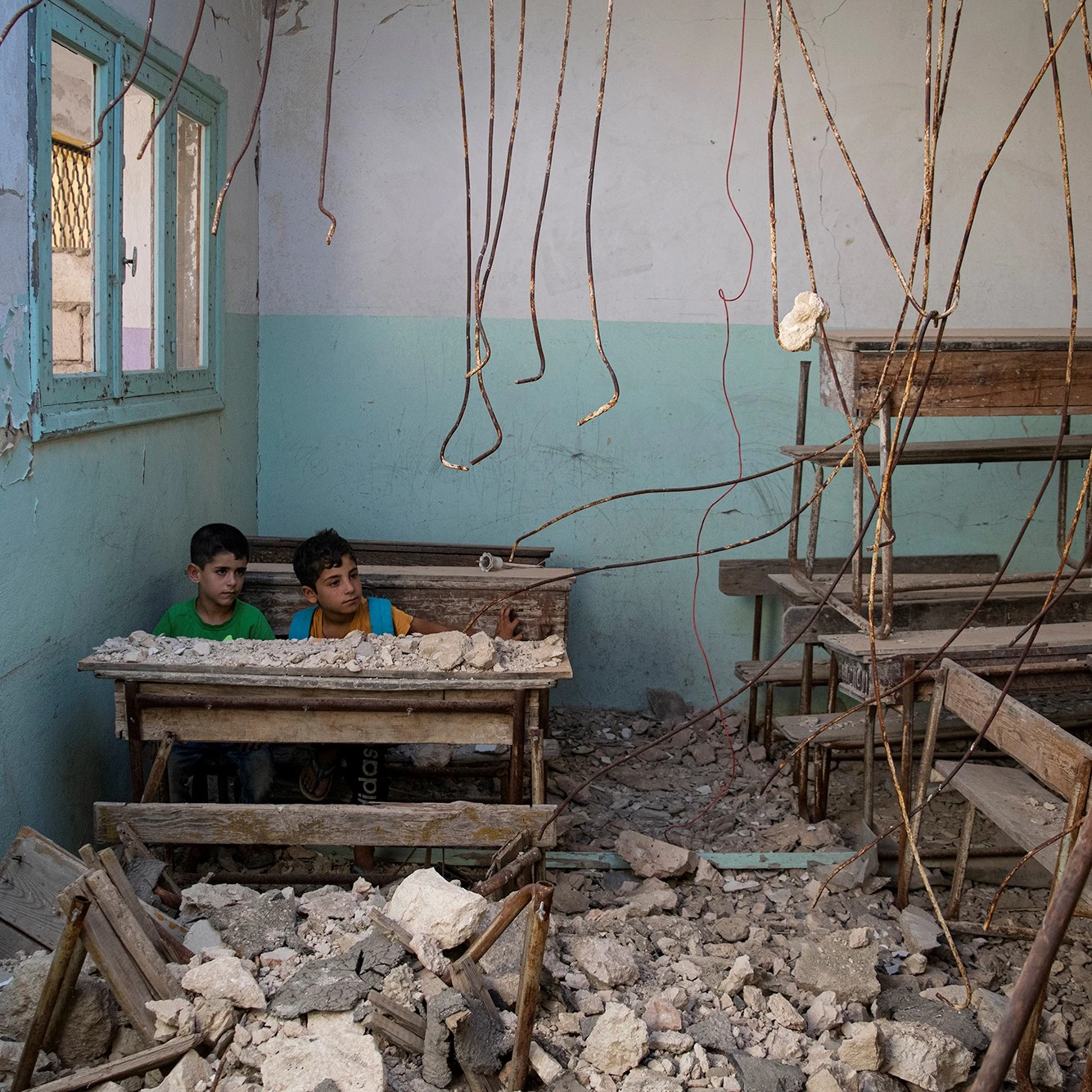
Even though you have had no formal training, you are able to take such powerful photographs. How did you learn to do this?
When the war began, my brother used to go out daily to take pictures of people who wanted freedom. I followed him without him knowing, because he did not accept that because I was only 9 years old, but I was very curious.
My brother would not accept me to accompany me because I was young, and the matter was always dangerous. People go out in the streets to demonstrate and end up being shot at by the Syrian regime forces. People flee and the Syrian regime forces would arrest several of them, and that is why the matter was dangerous
Years later my brother was killed as he was a journalist, and he was killed while he was taking pictures. I stayed at home with the camera he used. I took it and learned how to use it. There was a famous photographer working with a global agency called Reuters. I asked him, I want you to teach me how to do photojournalism, and he refused. He told me that I was only 12 years old and that he could not do that. He left sadness in my heart that he did not accept, and I wanted to prove to him that I am not too young to be in places of danger. When Hoon had an air strike, he was the first person to take shots at people who come out from under the rubble.
After a period of time, I started sending pictures to not international, but local, media-oriented parties, and I started publishing my pictures on social media. This gave me a great motivation. I then sent my pictures to international agencies, and my pictures became widely visible.
He didn’t believe that photographer who refused to teach me photography. I even met him not so long ago and he told me today I am really comparing myself to you. He was also named Photographer of the Year in 2016. And when he told me that phrase, I was so proud that I forgot all the hardships I had been through for an entire decade, but I felt that of course I had left everything I had, but I might have gained something for it.
Out of all the images you have taken, which one resonates with you the most?
Of course, for every picture, there is the smell of bombing and air raids in my nose, as well as the feeling of fear of the next raid. What has always terrified me is that there is death coming so I have to take pictures and escape as quickly as possible.
But there was the image that remained in my memory until today, in a winter evening. It was a very difficult day. About 180 people were killed in one day during the bombing and air raids. At that time, I was living alone. My brother was killed – my father ran away from the war – my mother was sick in the hospital.
I heard on the phone that there was an air strike with 8 vacuum missiles on the area where I lived. That day, I didn’t know what to do, but I went under the bed and put the pillow over my head, even if I was killed, I wouldn’t feel it. Indeed, I did not hear anything, only the world became white, and I hear children’s screaming after seconds and then a successive explosion and screaming. It was difficult as 8 vacuum missiles were thrown. It was more than crazy, really, as the neighbourhood in which I lived was completely destroyed and nearly 380 people were killed on that day.
I got out from under the bed and woke up, watching the fires from everywhere and I was carrying my camera. I did not leave my camera when I was growing up from the bombing. And when I went out and saw the fires, I started taking pictures of everything. There was a picture I took of a child burning under the rubble while he was carrying a biscuit. It was a very sight that affected me until today.
That kid was my neighbour’s son, I mean, I knew him very well. This kid was very mobile, he had a great energy, he always played like crazy, and I really loved him.
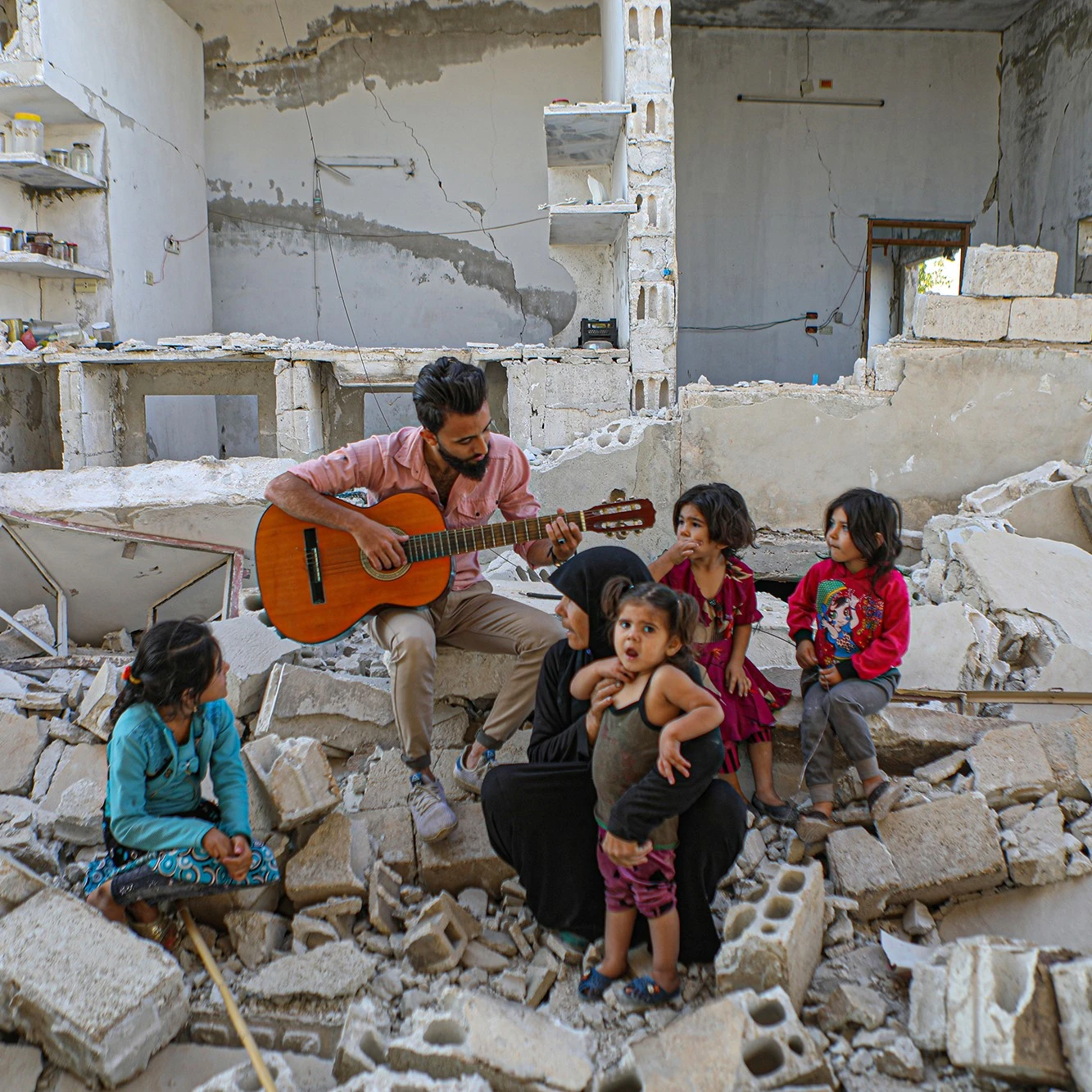
What inspires you to keep going?
The truth is what made me stay for a long time is that I cling to my last dream, which is to become a world-class photographer and that my pictures would stop the war or maybe do something really. Unfortunately, that did not happen, but my photos were widely shown on social media and took a great deal of interaction, and this was one of the motives that made me continue.
In addition, I was able, through illustrated stories of people, to help them with my photos. For example, there was a child who dreamed of becoming like the soccer player Messi. But his leg was amputated because of the war, and I made a whole story about him and today he is in Europe continuing his dream and he has a prosthesis.
There are also many stories that I was able to help, and I consider it a great achievement for me.
What advice would you give to emerging creatives?
My advice to them at the beginning is “Pay attention to your step when you cover dangerous stories. No pictures are more important than your life”. Everything that is successful in the field of photojournalism or photography in general has a story, so it is necessary to pursue that passion and dream with full force.
You can find more of Mouneb’s work on his Instagram.
Let us know you want us to write more content like this with a love!
Share
Authors
